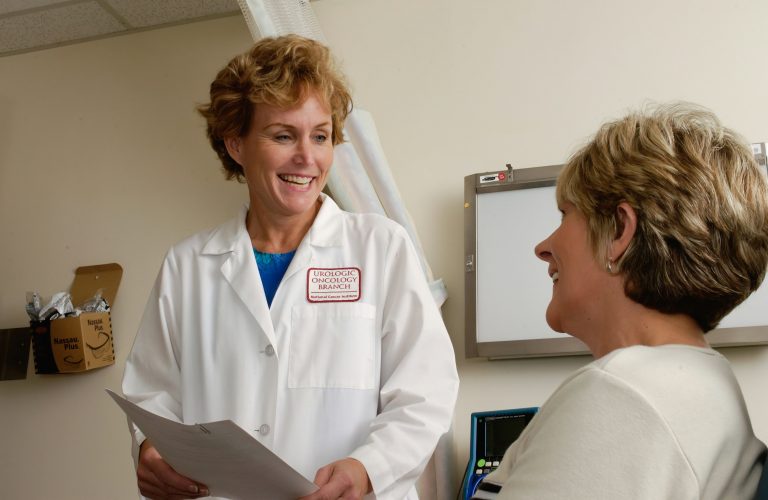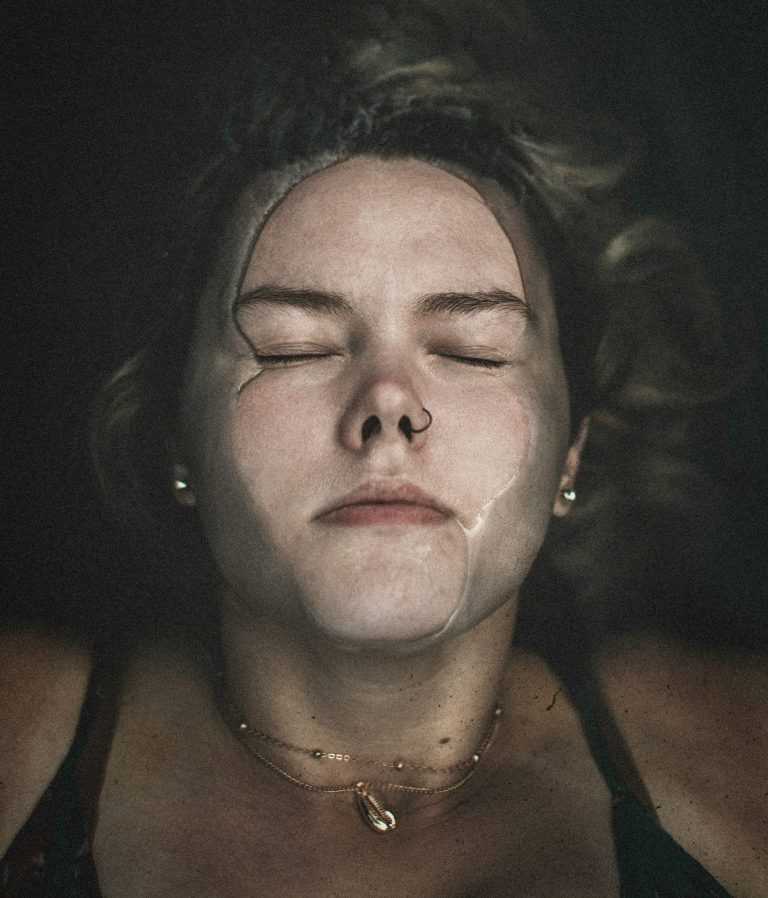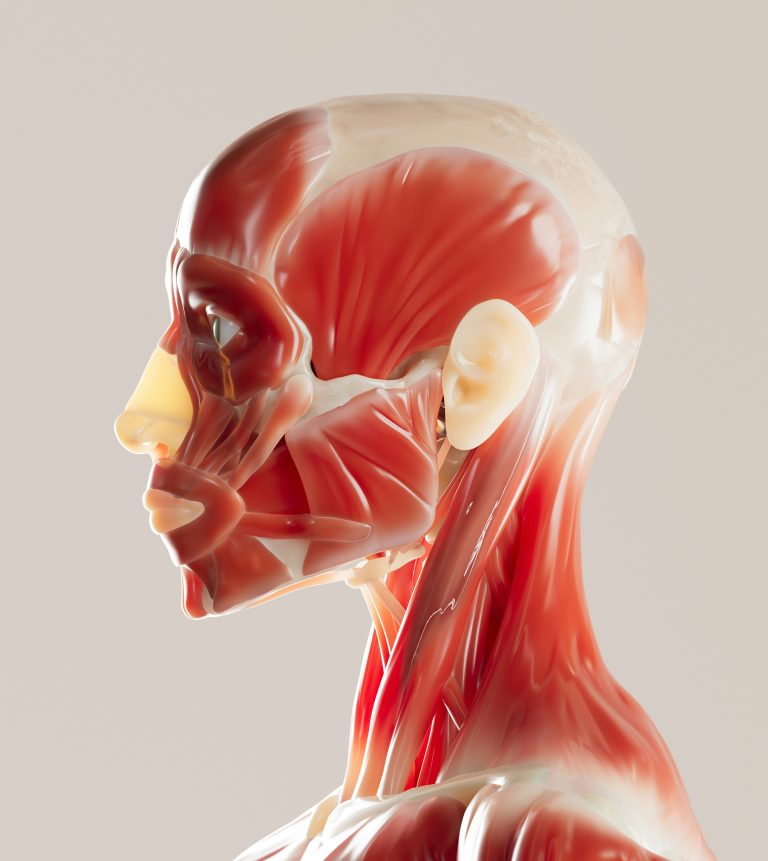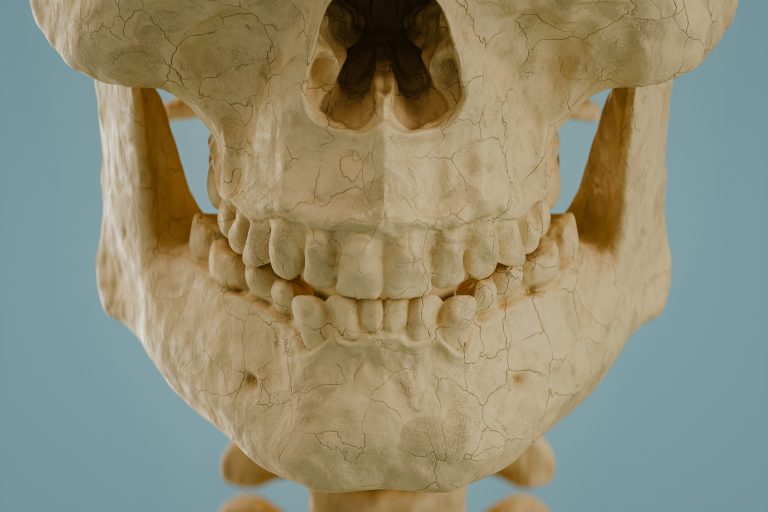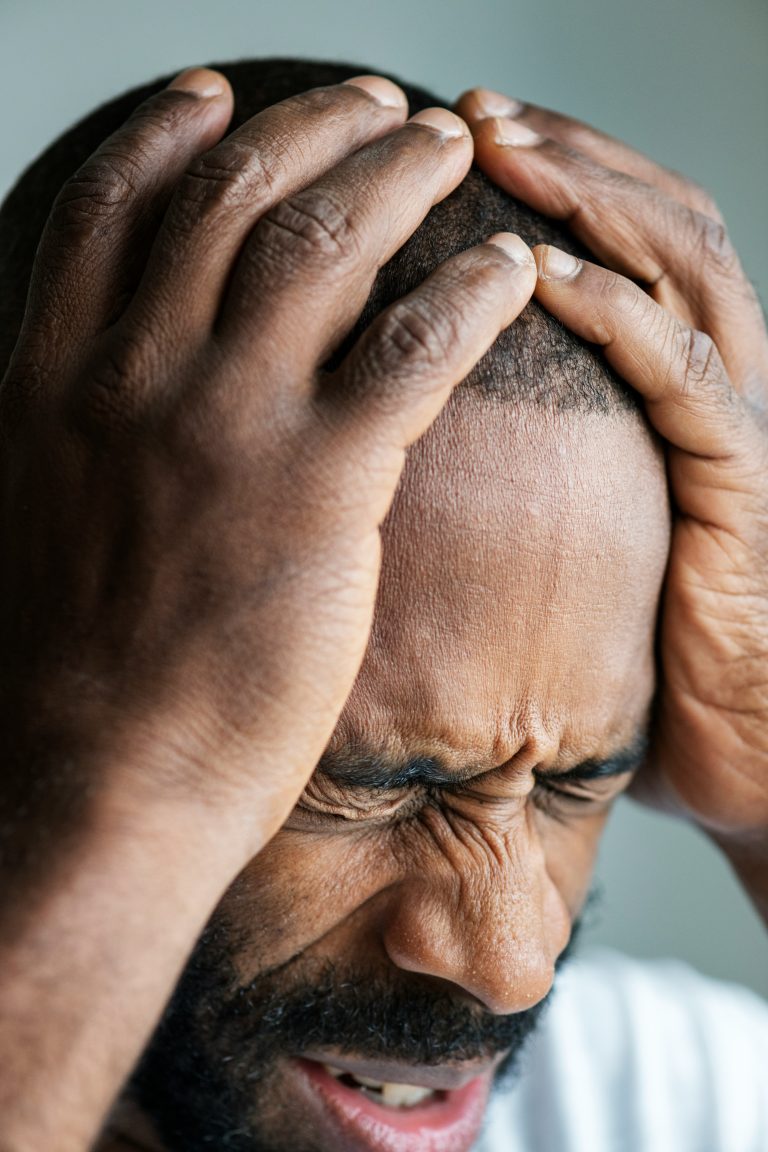Le shingles is a painful viral infection caused by reactivation of the varicella-zoster virus (VZV). While in most cases it manifests itself as a characteristic skin rash, it can sometimes lead to serious complications, including facial paralysis. This damage can disrupt daily life, both functionally and aesthetically.
This article answers some of the most frequently asked questions about virus-related paralysis and explains how the virus can cause paralysis. maxillofacial physiotherapy plays a key role in recovery.
What are the complications of shingles?
Shingles is not limited to skin pain. It can cause :
- From postherpetic neuralgia Chronic nerve pain persisting after the skin lesions have disappeared.
- A neurological injury Facial paralysis, vision problems (shingles), hearing problems.
- A reduced quality of life insomnia, fatigue, anxiety linked to persistent pain.
Paralysis is a rare but serious complication, requiring rapid treatment.
Which nerve is affected?
The paralysis caused by shingles generally occurs when the facial nerve (VIIᵉ cranial pair) is affected. This nerve controls the muscles of the face and is involved in facial expression, breathing and breathing. chewing and sometimes even the sensitivity of the ear.
When the virus reaches this nerve, it causes inflammation which disrupts the transmission of nerve signals, leading to muscle weakness or paralysis.
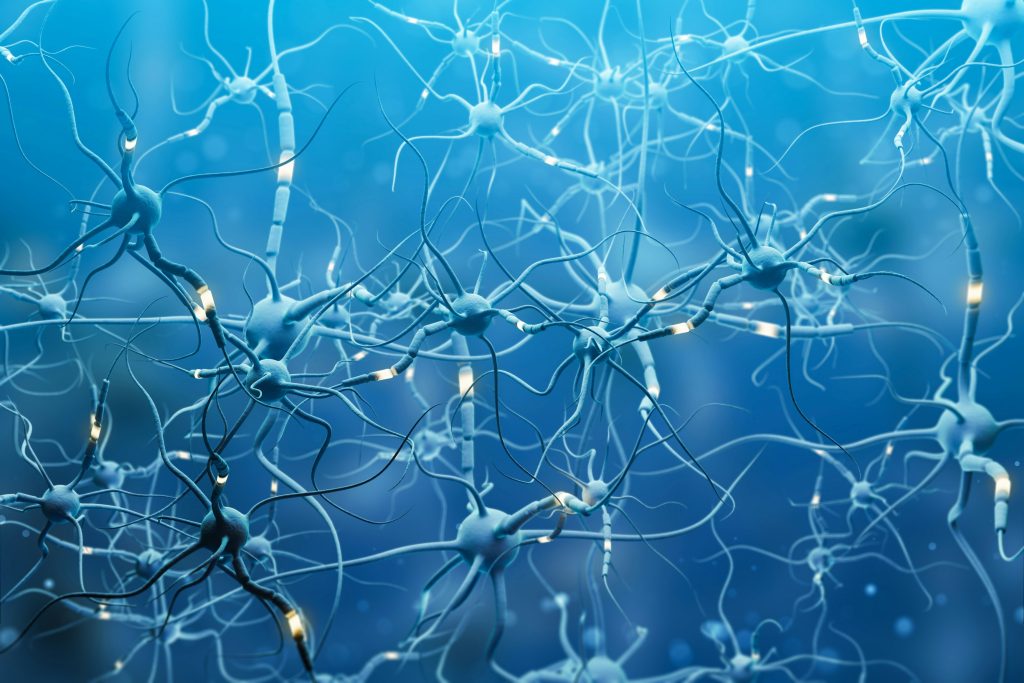
What are the first symptoms of paralysis?
The warning signs are often progressive:
- Sudden weakness or feeling of heaviness on one side of the face
- Difficulty closing one eye or smiling symmetrically
- Localised pain or rash around the ear or face
- Changes in sound perception (hyperacusis)
- Tingling, numbness or loss of feeling
Early diagnosis is essential to limit the after-effects.
What are the neurological consequences of shingles?
If treatment is delayed, or if the nerve has been severely damaged, the patient may be given neurological consequences may appear:
- Persistent facial asymmetry
- Long-lasting muscle weakness
- Chronic pain or electric sensations
- Spasms or involuntary movements of the face (synkinesias)
- Difficulty speaking, smiling or chewing properly
These after-effects have a direct impact on quality of life and require specialised rehabilitation.
How long does it take to recover from facial paralysis caused by shingles?
Recovery depends on the severity of the nerve damage:
- Mild to moderate cases A significant improvement can be seen in just a few weeks.
- Severe cases Recovery can take several months, sometimes more than a year.
- In some cases, full recovery is not possible, hence the importance of early rehabilitation.
A medical follow-up is always recommended.
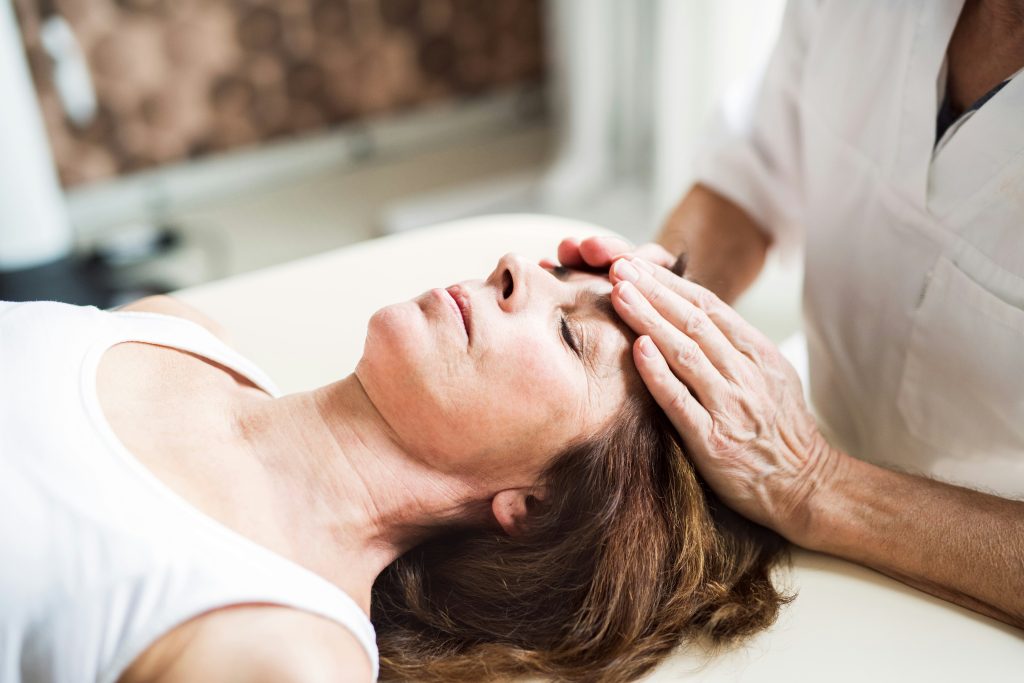
How does maxillofacial physiotherapy help to treat facial paralysis linked to shingles?
La maxillofacial physiotherapy is a specialised approach that supports facial nerve healing and helps restore muscle function.
The physiotherapist intervenes by :
- Manual techniques Gentle massages to stimulate circulation and relieve tension.
- Targeted muscle exercises relearning how to contract and relax facial muscles symmetrically.
- Rehabilitation of facial mobility Work on smiling, closing the eyes and pronunciation.
- Prevention of synkinesias Exercises to avoid involuntary movements.
- Psychological support Restoring confidence in self-expression and improving quality of life.
This personalised approach optimises recovery and reduces the risk of long-term sequelae.
To remember
Shingles can have severe consequences when it leads to facial paralysis. Early diagnosis, appropriate medical treatment and follow-up in hospital are essential. maxillofacial physiotherapy are essential to maximise the chances of recovery and return to a more peaceful daily life.
Do not delay in consulting a health professional as soon as any suspicious symptoms appear.


